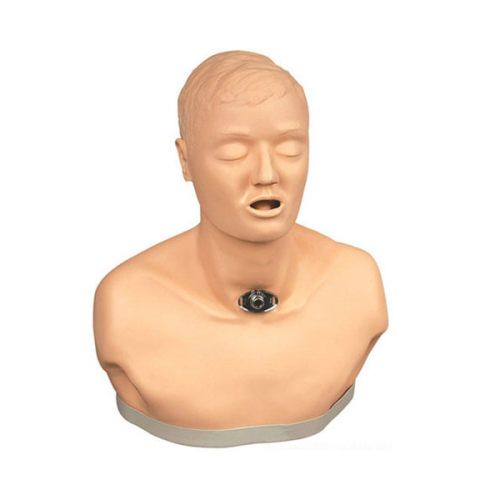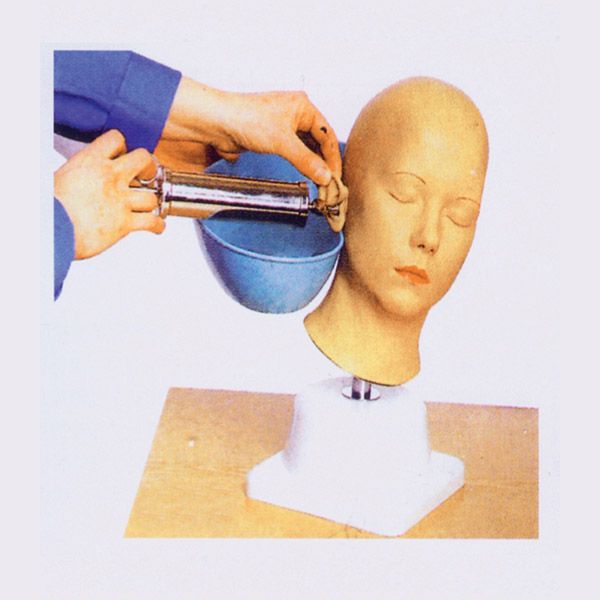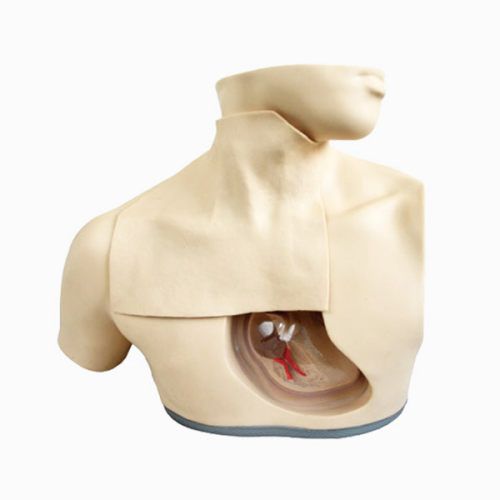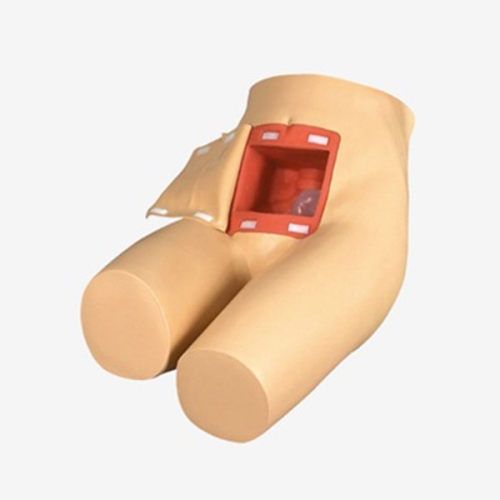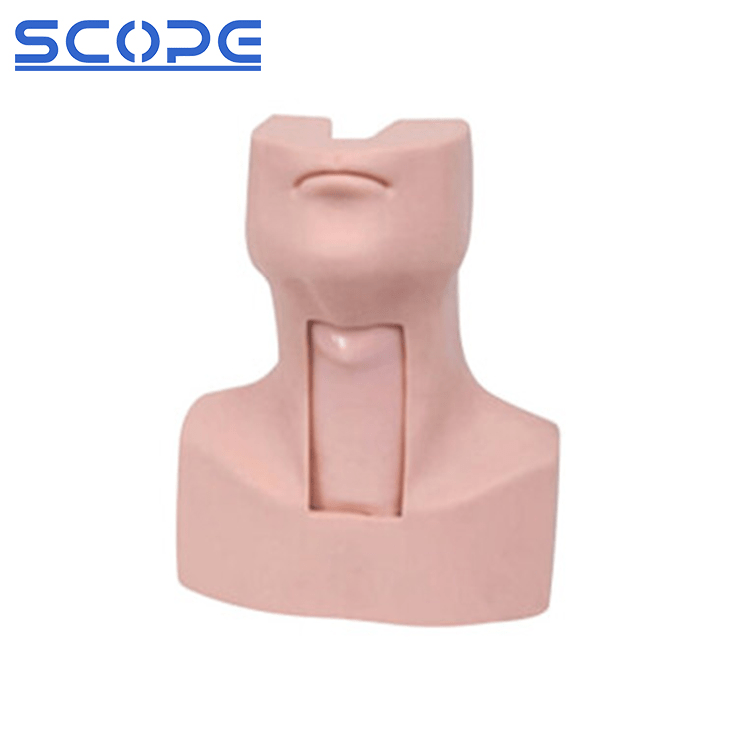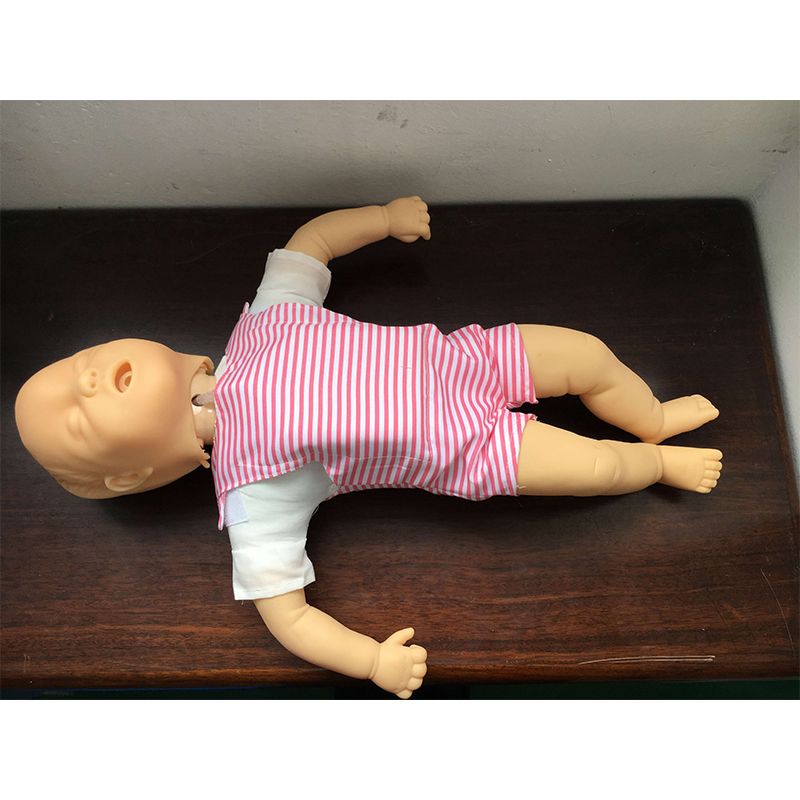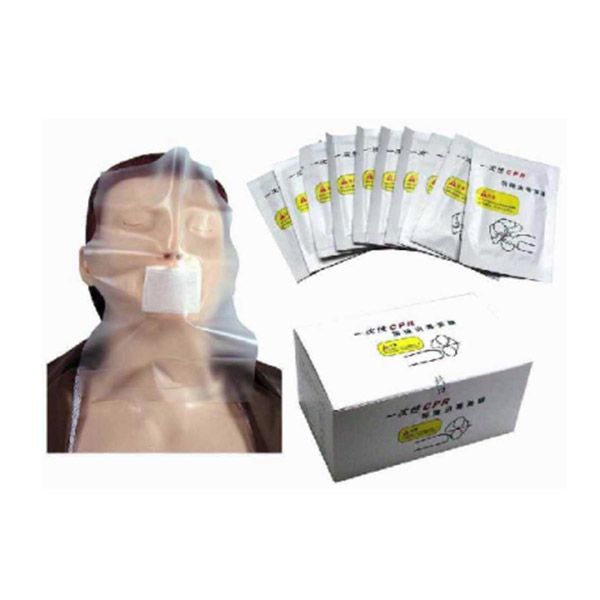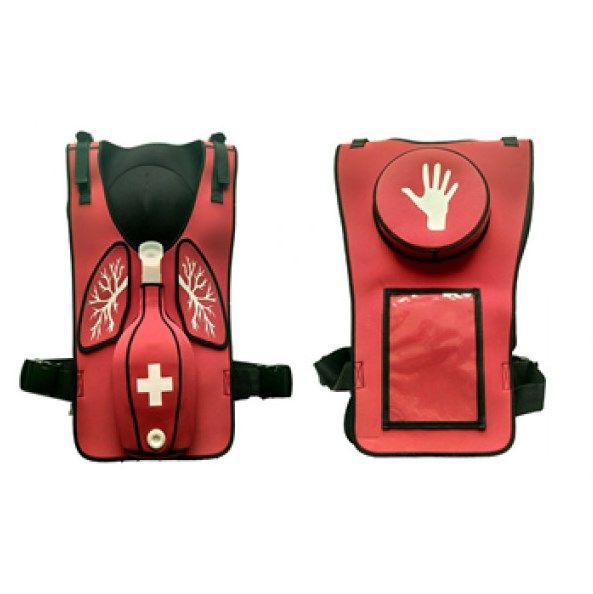Mastering the art of administering injections is a skill for healthcare professionals to ensure optimal patient care and minimize discomfort, it’s essential to practice and perfect your technique. Injection training pads offer a safe and effective way to hone your skills without risking patient harm. Choose a multifunctional intramuscular injection training module mainly made of imported PVC material, which can simulate injection training in real-time and will not be damaged or deformed after hundreds or thousands of times of use. This article delves into the various types of injections that can be practiced on these pads, provides essential cleaning and maintenance tips, and outlines important safety precautions to follow. By understanding these key aspects, you can maximize the benefits of injection pads for training and enhance your clinical competence.
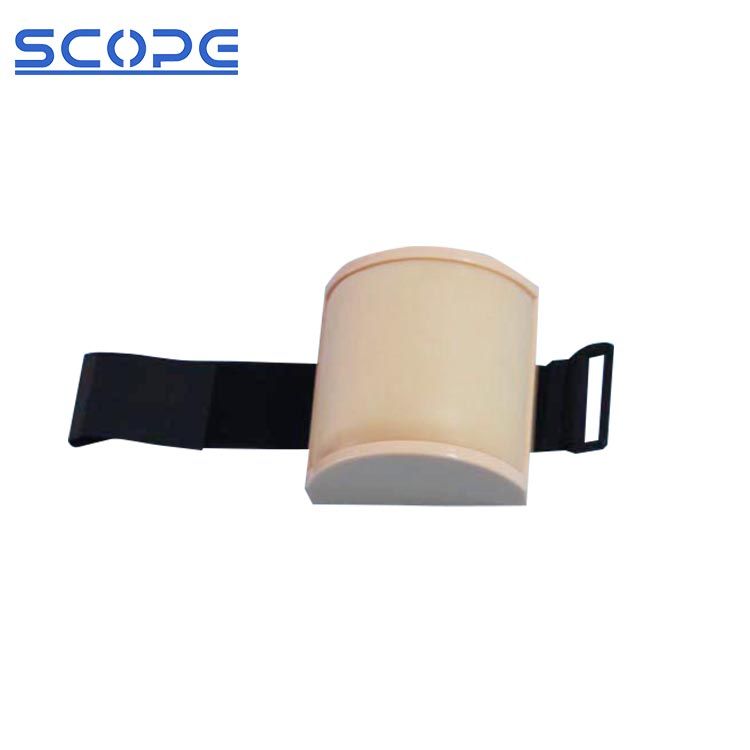
What Types of Injections Can Be Practiced on Injection Training Pads?
Injection training pads are invaluable tools for healthcare professionals to practice and perfect their injection techniques. These versatile devices allow for the simulation of various injection types, ensuring that practitioners are well-prepared to administer medications safely and effectively.
Intramuscular (IM) Injections
Intramuscular injections deliver medication directly into a muscle, allowing for rapid absorption into the bloodstream. Training pads enable the practice of identifying appropriate intramuscular injection sites, such as the deltoid, vastus lateralis, and ventrogluteal muscles. By practicing on these pads, healthcare providers can refine their needle insertion depth, angle, and technique to minimize discomfort and maximize medication delivery.
Subcutaneous (SC) Injections
Subcutaneous injections deposit medication into the fatty tissue layer beneath the skin. Training pads facilitate the practice of selecting suitable subcutaneous injection sites, such as the abdomen, upper arm, and thigh. By practicing on these pads, healthcare providers can develop the skill of pinching the skin to create a stable injection site and ensure proper needle depth to avoid intramuscular injection.
Intradermal (ID) Injections
Intradermal injections deliver a small amount of medication into the dermis, the layer of skin just below the epidermis. Training pads allow for the practice of identifying appropriate intradermal injection sites, such as the inner forearm or upper back. By practicing on these pads, healthcare providers can develop the skill of inserting the needle at a shallow angle to create a small bleb, indicating correct placement within the dermis.
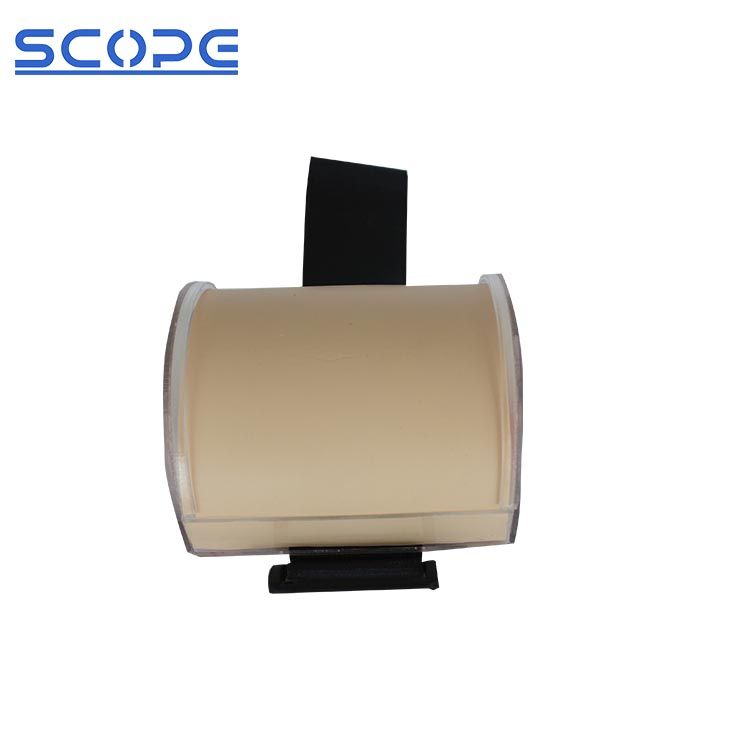
How Do I Clean and Maintain an Injection Training Pad?
Cleaning Tips of Injection Training Pads
- Disinfect the Surface: Use a disinfectant solution approved for medical use. Apply the disinfectant to a clean cloth or wipe and gently wipe the entire surface of the pad. Pay special attention to areas where needles have been inserted. Follow the manufacturer’s specific cleaning instructions, as some pads may have unique cleaning requirements.
- Rinse Thoroughly: After disinfecting, rinse the pad with clean water to remove any residual disinfectant. You can use a damp cloth or spray the pad with water, then wipe it clean.
- Dry Completely: Ensure the pad is completely dry before storage. You can air dry it or use a clean, dry cloth to pat it dry.
Maintenance Tips of Injection Training Pads
- Avoid Excessive Moisture: While cleaning is necessary, avoid excessive moisture as it can damage the pad’s material. Quick, thorough cleaning is ideal.
- Store Properly: Store the pad in a clean, dry, and cool place, away from direct sunlight. If the pad has a specific storage method recommended by the manufacturer, follow those instructions.
- Inspect for Damage: Before each use, inspect the pad for any signs of damage, such as tears, punctures, or discoloration. If you notice any damage, discontinue use and replace the pad.
- Replace Regularly: Even with proper care, training pads will eventually wear out. Replace your pad when it shows signs of significant wear or damage to ensure optimal training conditions.
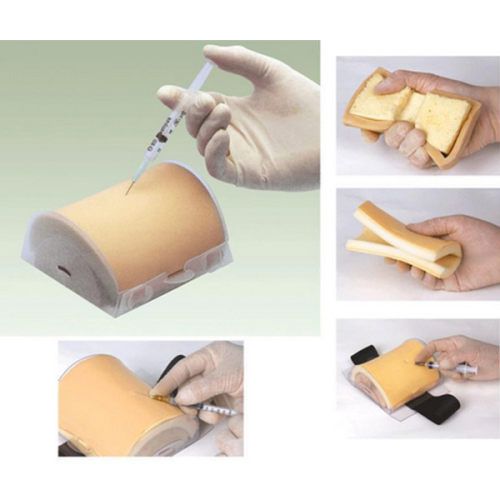
Are There Any Specific Safety Precautions to Follow When Using Injection Training Pads?
While injection training pads are designed for safe practice, there are still some important precautions to follow to ensure a hygienic and effective training session. Here are a few key points:
- Hand Hygiene: Always wash your hands thoroughly with soap and water before and after handling the training pad. This is to prevent cross-contamination and the spread of germs.
- Use of Gloves: Wear disposable gloves when handling the pad, especially if there are any visible fluids or contaminants. This protects both you and the pad from potential contamination.
- Disinfect the Pad Before and After Use: Before each use, disinfect the entire surface of the pad using a medical-grade disinfectant solution. After use, repeat the disinfection process to eliminate any potential pathogens.
- Proper Needle Disposal: Always dispose of used needles in a sharps container immediately after use. Never recap, bend, or break needles. Follow your institution’s guidelines for sharps disposal.
- Avoid Cross-Contamination: Keep the training pad away from other medical supplies and avoid touching it with contaminated hands or objects. This helps prevent the spread of bacteria and viruses.
- Inspect the Pad Regularly: Before each use, inspect the pad for any signs of damage, such as tears, punctures, or discoloration. A damaged pad may not provide an accurate simulation and could pose a safety risk.
- Follow Manufacturer’s Instructions: Different training pads may have specific cleaning and maintenance instructions. Always refer to the manufacturer’s guidelines for the best care of your pad.
- Practice Aseptic Technique: When practicing injections, maintain aseptic technique to simulate real-world clinical conditions. This includes preparing the injection site, handling the syringe and needle carefully, and following standard precautions.
- Avoid Excessive Force: While it’s important to practice with a firm hand, avoid excessive force when inserting the needle. This can damage the pad and may not accurately reflect real-world conditions.
- Store Properly: Store the training pad in a clean, dry place, away from direct sunlight. This will help prolong its lifespan and prevent the growth of microorganisms.
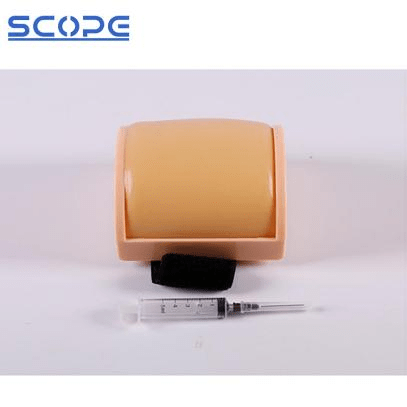
A Final Word on Training Pads
Injection pads for training are invaluable tools for healthcare professionals seeking to refine their injection techniques. By understanding the different types of injections that can be practiced, implementing proper cleaning and maintenance procedures, and adhering to safety precautions, you can optimize your training experience. Remember, consistent practice and attention to detail are key to mastering the art of injection administration. By utilizing these training pads effectively and following the medical manikin supplier Scopelab’s words, you can improve patient comfort, reduce the risk of complications, and elevate the overall quality of care.
